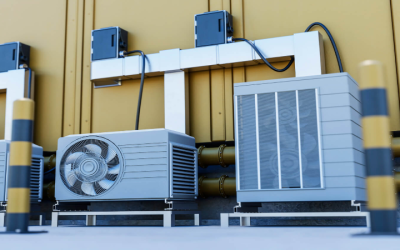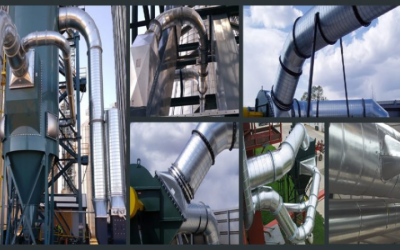Figuring out the impact of an Electric Hand Dryer is simple enough. A good quantity of energy will go into making metal goods that have mechanical parts. However, the truth that hand dryers last so long—usually from 7 to 10 years—will mean that production will account for a negligible portion of this hardware’s overall energy intake. Most of a hand dryer’s environmental toll derives from the electricity needed; a usual warm air hand dryer utilizes about 2,200 watts while turned on, plus around 2 watts when in standby mode. If users dry their hands for thirty seconds (opposed with the 43 seconds needed to get them completely water-free), they are using around 0.018 kWh of electricity. If they do this 3 times per day for one year, and their insistence upon dry hand decorum runs them over 19 kilowatt-hours of electricity, translating to about 26.61 lbs. of CO2 emissions.
On top of obvious expenses, there will include some which are less apparent to an average consumer. Oftentimes, facilities managers argue that dispensers will result in more maintenance, as bathroom users are messy as it’ll come to disposing of used towels. This means more cleaning chemicals have to be used and manufactured, their bottles disposed of. Also towels require constant replacement of trashcan liners that have to be taken off to the landfill as full.
Here’s the bottom line: hand dryers are going to be the greener option in around 95% of situations. If the option is between utilizing a small corner of recycled paper towel vs. a 2,400-watt dryer, we’re able to see how the paper towel wins. However, dryers get a nod in the majority of other scenarios, especially if a hand dryer is rated at under 1,600 watts.



